| Home |
| Rarities Committee |
| IL400 Club |
| Checklist |
| Monthly Summaries |
| Birding Reports |
| Rarity Alerts |
| Historical Records |
| Articles |
| Gallery |
| Video Clips |
| Contact Us |
Bulletin 7:01 Rare Birds in Israel
Eyal Shochat and James P. Smith, on behalf of the Israeli Rarities and Distribution Committee, May 3rd 2010.
It has been three years since the publication of the last IRDC bulletin. Following personnel changes in early 2009, the committee started to review submitted records from 2008 to date, and also looked into a number of records from the previous five years, as part of an ongoing process. In addition, the committee undertook reviews of a number of reports that were published elsewhere, mostly on the web or in birding magazines, but which were never formally submitted to the IRDC. This bulletin deals with 19 records that were reviewed by the committee during 2009 and early 2010, of which all but three were considered acceptable.
The following records were accepted to category A:
Black-throated Diver (Gavia arctica)
2004/05 - Two 1st winter Birds at Eilat 21th December through January 05. The first was found on 21th December (G. Ottens), and was joined by the second bird on 31th December (R. Livne, T. Landsberger). One remained till 3/2 (S. Agmon).
2006 - One at Sea of Galilee 14th December (L. Kislev). Extremely rare inland, most records in Israel are coastal, either from the Red or Meditteranen Seas, other than a bird that was found dead in the Dead Sea.
This bird represents the second record for the Sea of Galilee, with a former record from February 1980.
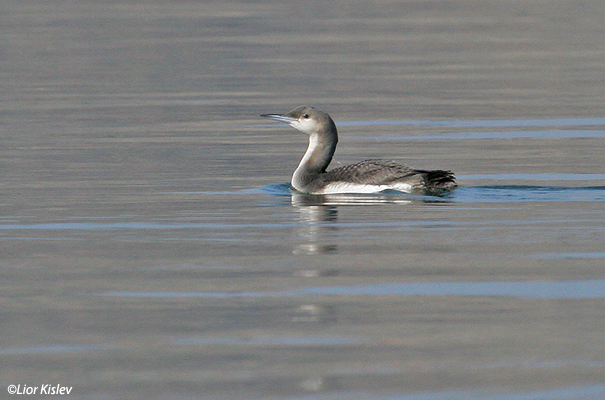 |
Great Shearwater (Puffinus gravis)
2009 – One, Jaffa, 21st
February (B. Granit). The 4th Israeli record, and the first since February 1995.
Bewick's Swan (Cygnus bewickii)
2005 – Two, adult and juvenile, Emek Hefer North Reservoir, 8th January and onwards (R. Ram).
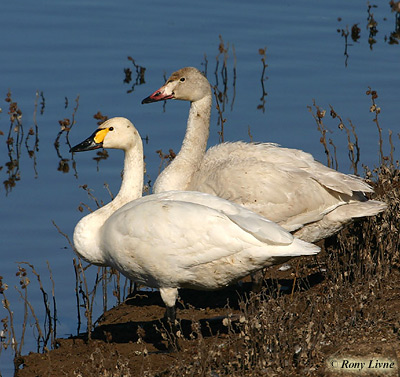 |
Northern Bald Ibis Geronticus eremita)
2007 – Two found roosting on a cliff with Black Storks near Yardena, Jordan Valley, 1st December (C. Rohde).
The first record since 1994 and the first recorded during winter. A remarkable occurrence of a species for which there is growing international concern on account of its dwindling population. There are only c.16 previous records for Israel.
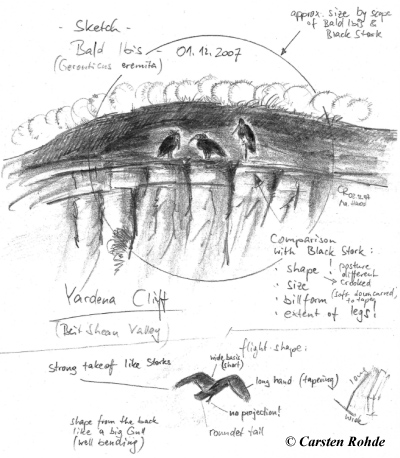 |
Velvet Scoter (Melanitta fusca)
2008 – Four birds including 3 adult males and one female type at Jaffa on 31st January (B. Granit, R. Mizrachi, N.sapir). The birds were seen in flight, and are assumed to be of the European subspecies. The 7th Israeli record.
Black-shouldered Kite (Elanus caeruleus)
2005 – One at Gal'on (about 20km east of Ashkelon), 14thJanuary to 20th February (R. Shaish & N. Sher). This bird, seen by many other birders, was eventually illegally shot.
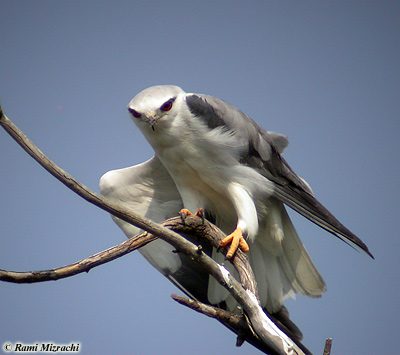 |
Shikra (Accipiter badius)
2005 – One juvenile seen and photographed at Kfar Rupin, Beit She'an Valley on 14th November (B. Granit). The second record for Israel, and the first to be recorded in the field.
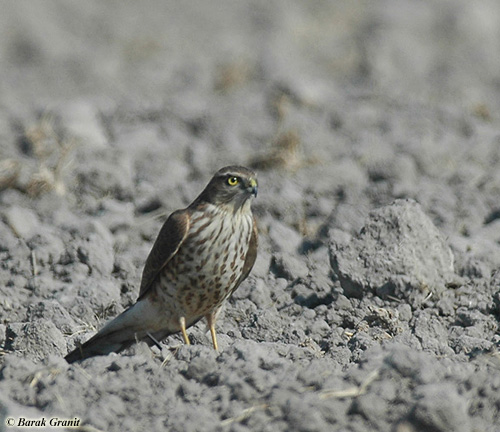 |
Grey Phalarope (Phalaropus fulicarius)
2005 – A first winter bird was found at Eilat K20 Saltpans on 28th to 31st October (N. Weiss). This species is no longer a great rarity with about 30 records in Israel.
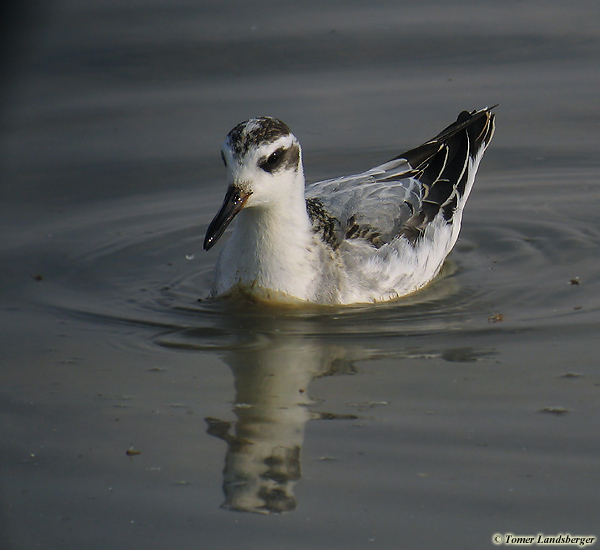 |
Great Snipe Gallinago media)
2005 - One, Yotvata sewage pools, 27th April to1st May (J. Meyrav).
 |
Great Black-baked Gull Larus marinus)
2006 - One, adult, Acre (northern Mediterranean coast) 14thJanuary to 15th March (G. Segali). Probably the same individual returning annually to the same site.
Franklin’s Gull (Larus pipixcan)
2006 - One, adult in full breeding plumage, Eilat beach from 1st to 3rdJuly (Y. Perlman). This represents the second Israeli record and the first for Jordan. Given the extreme rarity of the species in the Middle East it seems likely that the 2006 record involved the same individual which was recorded at Eilat in June 2003. For the full report check: >Franklin’s Gull
Crested Tern (Sterna bergii)
2005 – A 1st summer bird at Eilat beach 31/3-15.5. R. Lindroos, R. Mizrachi, R. Livne and B. Granit et al.
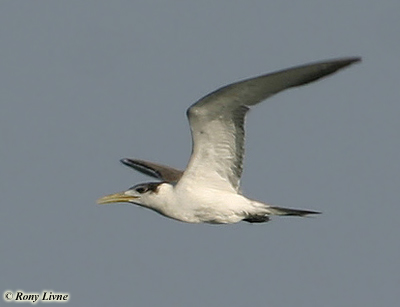 |
Black-crowned Sparrow Lark (Eremopterix nigriceps)
2006 - One, male, Eilot, 15th to 17th April. (S. Olschewski et al.).
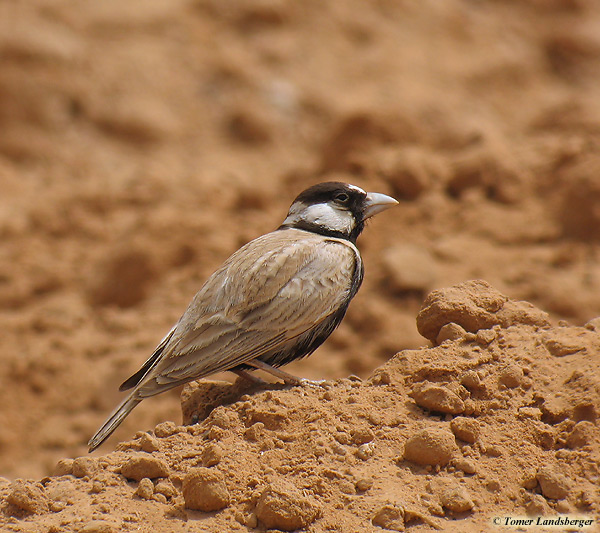 |
Eye-browed Thrush (Turdus obscurus)
2007 - One, 1st winter male, caught and ringed at the Jerusalem Bird Observatory on 4th November (S. Agmon et al.). The bird remained in the vicinity of the JBO for the next two days and was seen in the field by several birders. This is the second Israeli record.
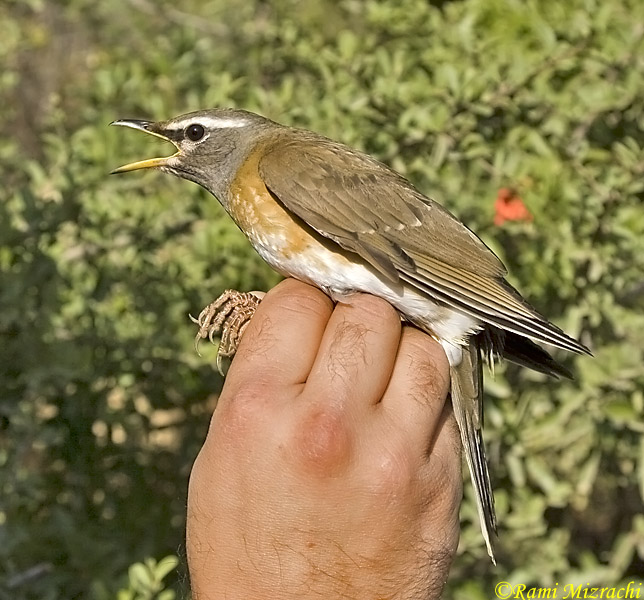 |
Yellow-breasted Bunting (Emberiza aureola)
2007 - one adult female caught, ringed and photographed at the Hula, northeastern Israel, 13th August (N. Israeli, O. Berghousand, T. Fridman). First autumn record of an adult bird, and first August record of a species usually recorded between September and November and even then being exceptionally rare with about 12 national records.
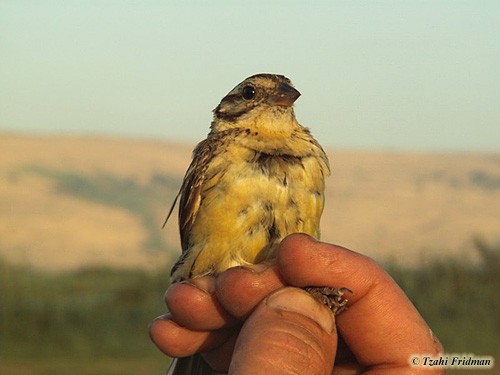 |
The following records could not be accepted:
Red-necked Grebe (Podiceps grisegena)
2008 - one, Ashkelon beach, 20th February. A bird seen offshore, in flight, for about half a minute. Although several features indicative of the species were noted, the view was not quite good enough for the observer to note all sailent features of the species. Some committee members were concerned that the possibility of the bird having been a Slavonian Grebe could not be absolutely eliminated but all members were in agreement that this was an interesting case and that the record only just fell short of being acceptable.
Taiga Flycatcher(Ficedula albicilla)
2007 - One, first summer, caught, ringed and photographed at the Jerusalem Bird Observatory, 29th April.
Though not formally submitted to the IRDC, an account of this potential new species for Israel was published in Birding World (Volume 21 Number 4). At the time of trapping the bird it was presumed to be a Red-breasted Flycatcher Ficedula parva, but following more critical examination of the photographs it was later re-identified as a Taiga Flycatcher F. albicilla. The re-identification evolved in the course of an online discussion of images posted on the web, and was significantly influenced by the views of a number of international referees. However, after through consideration of the evidence not one member of the committee felt that this was an unambiguous example of albicilla.This was due in part to some features of the bird being apparently at variance with what are generally considered 'typical' features of albicilla, but also due to lack of good information on the appearance of parva and albicillain first-summer plumage.The literature suggests that at least first-summer male albicilla in late spring is readily separated from parvaby the clear presence of a grey breast band bordering the red throat patch, thus resembling the adult male of the same species. Surprisingly, this was not highlighted in the Birding World account (Volume 21 Number 4). Therefore, the only possibility this bird having been an albicilla would be that it was a first-summer female. Since the bird showed several atypical features for albicilla the committee felt there was insufficient proof of identification to justify acceptance as a first record for Israel. However,the committee could not be certain of the identification either way and felt that the bird was best left unidentified until more information on this very difficult species-pair comes to light.
Booted/Sykes's Warbler (Hippolais caligata/rama)
2009 - One, photographed at Shizafon, 8th May. Several record images were submitted to the IRDC, but as the bird was seen only briefly, through the viewfinder of the camera, there was no written description. Apart from being a little over exposed the overall quality of the images is reasonable, but in all the bird is partly obscured by vegetation. While there is certainly some resemblance to Booted/Sykes's Warbler, some committee members concluded that it looks much more like a Eurasian Reed Warbler Acrocephalus scirpaceus than any species of Hippolais.
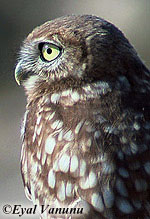 Little Owl (Athene noctua) Negev, Jun.04 |
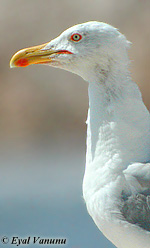 Yellow-legged Gull (Larus michahellis) Ma'agan Michael, May.05 |
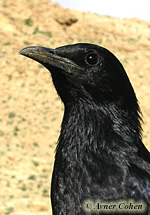 Tristram's Grackle (Onychognathus tristramii) Zeelim Wadi, Mar.07 |
Back to top